Marseille 1824 – 1886
French Painter
'Quatre figures dans un parc'
Signature: signed lower left ‘Monticelli’
Medium: oil on panel
Dimensions: image size 34 x 50 cm, frame size 53 x 68,5 cm
Biography: Adolphe Joseph Thomas Monticelli, widely known as Adolphe Monticelli, was a French painter whose vibrant and expressive style preceded the Impressionist movement. Born in Marseille in 1824, Monticelli embarked on his artistic journey at the age of eighteen by attending the École Municipale de Dessin in his hometown from 1842 to 1846. He then moved to Paris to further his studies under the tutelage of Paul Delaroche at the prestigious École des Beaux-Arts.
While in Paris, Monticelli honed his skills by making meticulous copies of works by the Old Masters in the Louvre and creating oil sketches inspired by Eugène Delacroix. His technique evolved significantly during this period, laying the foundation for his distinctive style.
In 1855, Monticelli met Narcisse Diaz, an artist associated with the Barbizon School. The two frequently painted together in the forest of Fontainebleau. Monticelli was influenced by Diaz’s practice of incorporating nudes or elegantly dressed figures into landscapes, a motif that would recur in his own work.
Monticelli developed a highly individual Romantic style characterized by richly colored, dappled, and textured surfaces. His paintings, with their scintillating effects, often depicted courtly subjects inspired by Antoine Watteau. Additionally, he created still lifes, portraits, and Orientalist scenes, drawing inspiration from Delacroix’s oil paintings.
In the 1860s, Monticelli befriended the young Paul Cézanne, and his influence is evident in Cézanne’s work from that decade. Despite his growing prowess and the significant output of his work, Monticelli lived in poverty after returning to Marseille in 1870. He sold his paintings for meager sums, driven solely by his passion for art rather than financial gain.
From 1878 to 1884, Monticelli and Cézanne often painted together, exploring the landscapes of Aix-en-Provence. Monticelli’s dedication to his craft was reflected in his remark, “I paint for thirty years from now,” suggesting a forward-looking vision that anticipated future artistic developments.
Monticelli’s work, with its painterly freedom and expressive use of color, prefigured that of Vincent van Gogh. Van Gogh, who greatly admired Monticelli’s work after seeing it in Paris in 1886, adopted a brighter palette and heavier brushstrokes influenced by Monticelli’s style. Unfortunately, Monticelli passed away in Marseille in 1886, just a few months before Van Gogh arrived in Paris, and the two artists never met.
In 1886, Monticelli’s distinctive style and technique captured the attention of critics and admirers at the Salon des XX. His nervous and broad brushstrokes, along with a remarkably rich palette, made his work instantly recognizable. He painted a variety of subjects, including imaginary festive scenes, expressive portraits, sensual nudes, vibrant still lifes, and lively circus scenes, all characterized by a unique vivacity and color that continue to be admired in the art world today.
Adolphe Monticelli’s legacy is that of an influential French painter who, despite a life of poverty, left a lasting impact on the art world. His friendship with Cézanne, his influence on Van Gogh, and his vibrant, expressive style ensure that his work remains celebrated and studied long after his time.



























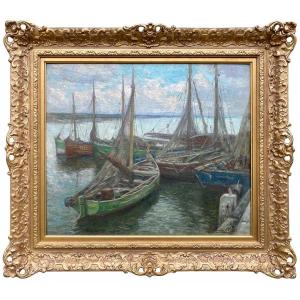


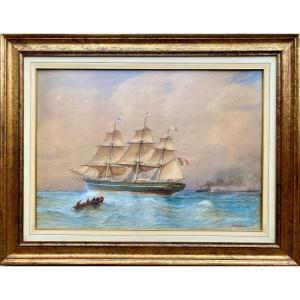
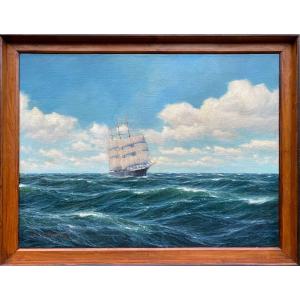
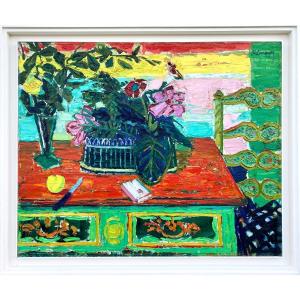
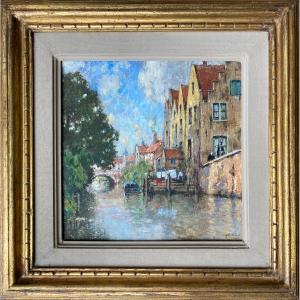
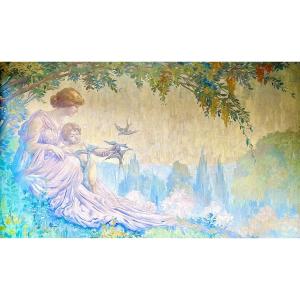




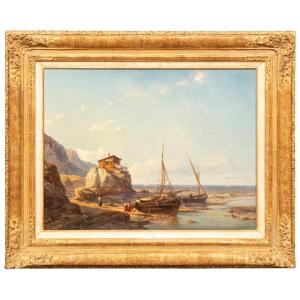






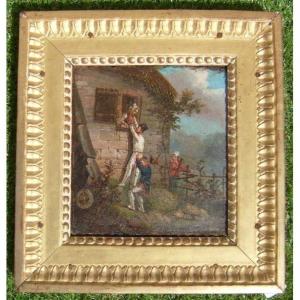



 Le Magazine de PROANTIC
Le Magazine de PROANTIC TRÉSORS Magazine
TRÉSORS Magazine Rivista Artiquariato
Rivista Artiquariato